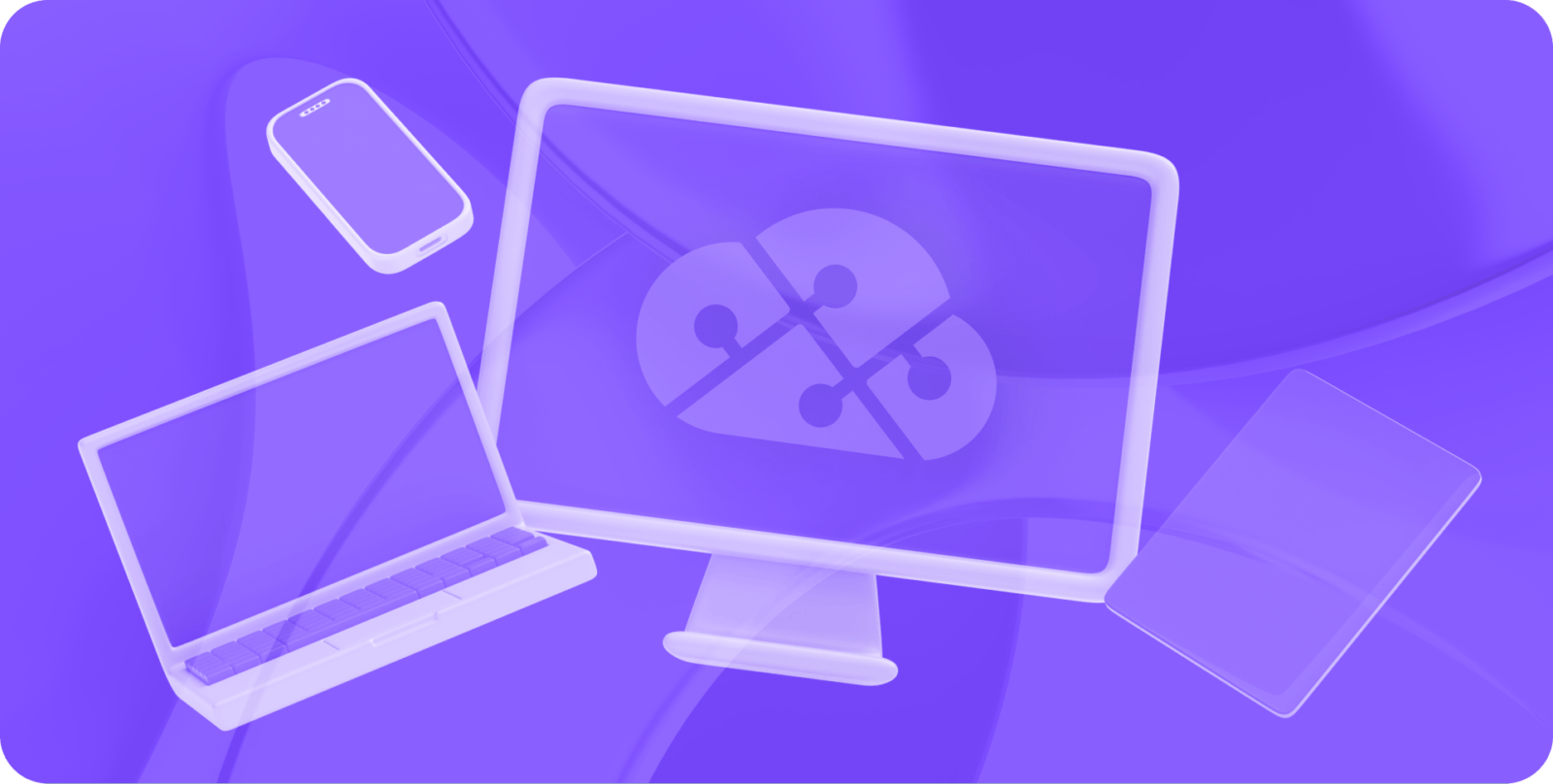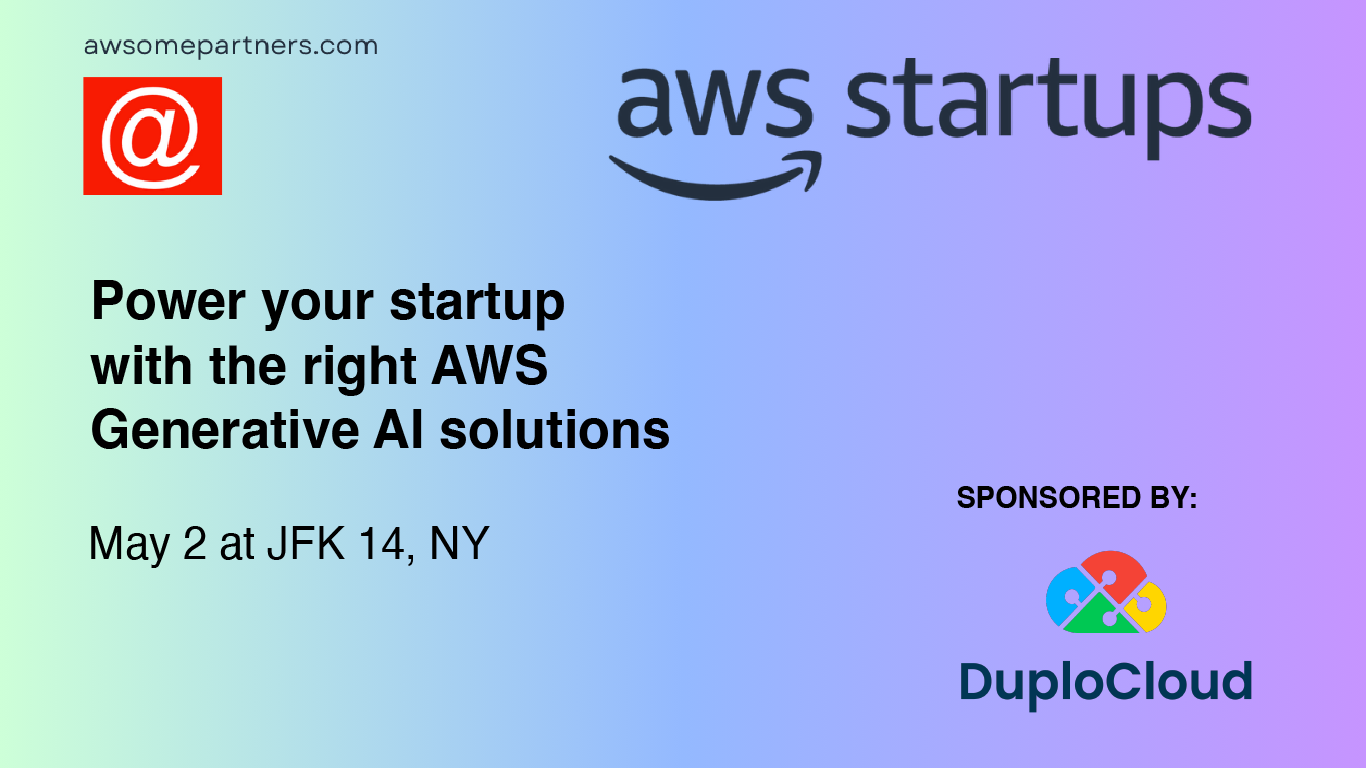Automated containerized development processes are perfectly suited for the complexity of machine learning models and pipelines
Curious about using Kubernetes for machine learning model development and deployment? You’re not alone. Many organizations have turned to machine learning on Kubernetes since it is such a powerful platform for scaling and managing containerized applications.
Because machine learning models require such immense input and training over time, the cost of manually configuring containers to support them only compounds as they evolve. Kubernetes clusters are the widely accepted alternative to traditional development strategies like virtual machines, for example. Here are five things developers need to know about developing and deploying machine learning models using Kubernetes.
#1: What Are the Challenges of Manual Machine Learning Deployment?
Without containerization, most organizations would have to rely on virtual machines for their machine learning infrastructure. But even when working with respected providers like AWS, Google Cloud Platform, and Microsoft Azure, developers face many challenges when orchestrating training and deployment processes manually:
- Resource scaling: Manually configuring resource allocation requires developers to estimate the requirements for each machine learning workload. If those estimations aren’t precisely accurate, underutilizing or overloading resources can be costly and lead to performance issues.
- Performance monitoring: Manually monitoring the performance and infrastructure of machine learning models is an exponential challenge. Tracking individual components, identifying and troubleshooting issues, and clearing workflow bottlenecks becomes increasingly difficult as the models evolve.
- Version control: One of the quickest ways to introduce errors and reduce efficiency is to task developers with manually managing distinct versions of a machine learning model. Version control in a virtual machine environment is a completely manual process that takes dedicated time, effort, and attention to detail.
- Security: Configuring virtual machines with security protocols like firewalls and intrusion detection systems is an important step to protect machine learning models and the data they are trained on. But doing so manually is a difficult and risky approach.
#2: What Is Kubernetes?
Kubernetes, sometimes called K8s, is an open source platform designed by Google to help developers manage containerized applications. Containers are lightweight by design, but they require careful and complex orchestration to be effective. All that manual effort typically required to deploy and scale containerized applications adds up quickly, in particular when it comes to processes like load balancing and resource scaling. Kubernetes automates away that manual effort so that developers can focus on building and improving the applications themselves instead of wading through container deployments.
By defining the desired state of their applications using YAML, developers can take their hands off the proverbial gears while Kubernetes ensures that desired state is reached and then constantly maintained. This ability to automate development phases like load balancing, resource scaling, and managing container health and availability is particularly helpful for machine learning applications. Kubernetes gives developers and data scientists all the tools they need to train, test, and deploy machine learning models.
The most important Kubernetes components for machine learning developers to understand are pods, services, and deployments. These three systems work together to help Kubernetes deployment models run smoothly:
- Pods: For machine learning applications, pods usually represent a containerized machine learning model or one phase of the model’s workflow. This can be achieved through either one container or a series of containers working with shared resources.
- Services: In order for multiple Kubernetes pods to be able to communicate and network with each other, they need services to define access through stable network endpoints. In that way, services provide the load balancing and discovery mechanisms that allow external applications to interact with containerized machine learning models and their components.
- Deployments: The scalability and agility that Kubernetes offers are powered by deployments. These declarations allow for pod creation and scaling in order to respond to changing demand or apply updates without any application downtime.
#3: What Is Kubeflow?
Kubeflow is a Kubernetes-based toolkit that Google specifically designed to support the full lifecycle of machine learning models. Many other tools support specific phases or aspects of machine learning development, like data validation, model training, or deployment. But Kubeflow streamlines the entire machine learning pipeline by offering pre-configured containers devoted to each step of the training, testing, and deployment process. With Kubeflow’s pre-configured containers, developers can orchestrate machine learning applications from start to finish in the same environment.
Learn more about how machine learning developers can use no-code and low-code automation tools to streamline deployment in our free whitepaper:

#4: What Are the Benefits of Machine Learning on Kubernetes?
By eliminating manual processes, Kubernetes directly addresses many of the issues with traditional methods of machine learning model deployment. Here are some of the key benefits of developing machine learning on Kubernetes:
- Scale automatically: Kubernetes allows engineers to automatically scale workloads and resources up and down as demand shifts as the platform seeks to maintain the desired application state. This automation keeps performance consistent and reduces downtime, without requiring extra oversight or input from developers. This is particularly important in the machine learning context, since GPU training is costly and cyclical; Kubernetes can scale clusters up during model training (and retraining) and decommission them once training is complete.
- Increase portability: The standardized Kubernetes environment allows engineers to develop and deploy a single machine learning model across a range of other environments and cloud platforms. Kubernetes eliminates compatibility concerns and solves the challenge of potential vendor lock-in, while enabling smooth communications between machine learning models and other services written in different programming languages and using unique development frameworks.
- Improve resource allocation: Kubernetes allows developers to automatically schedule machine learning workloads based on each node’s availability and capacity. More effective resource allocation reduces costs and keeps application performance consistent.
- Fault tolerance: Kubernetes offers built-in fault tolerance and self-healing capabilities at the application layer, so that pipelines can remain up and running and performance is unaffected if either the hardware or software fails.
#5: DuploCloud Keeps Machine Learning on Kubernetes Simple
Although Kubernetes prioritizes automation and lightweight design, it doesn’t take much for clusters or application architecture to become overwhelming. Complexity is even more likely with machine learning on Kubernetes, since they require so much input, training, and testing to fulfill their potential. DuploCloud’s DevOps Automation Platform streamlines crucial aspects of machine learning on Kubernetes. Our no-code/low-code solution offers container configuration and orchestration features, provides 24/7 monitoring and reporting functionality, and speeds up machine learning model deployment times by 10x. Contact us today to learn more.









